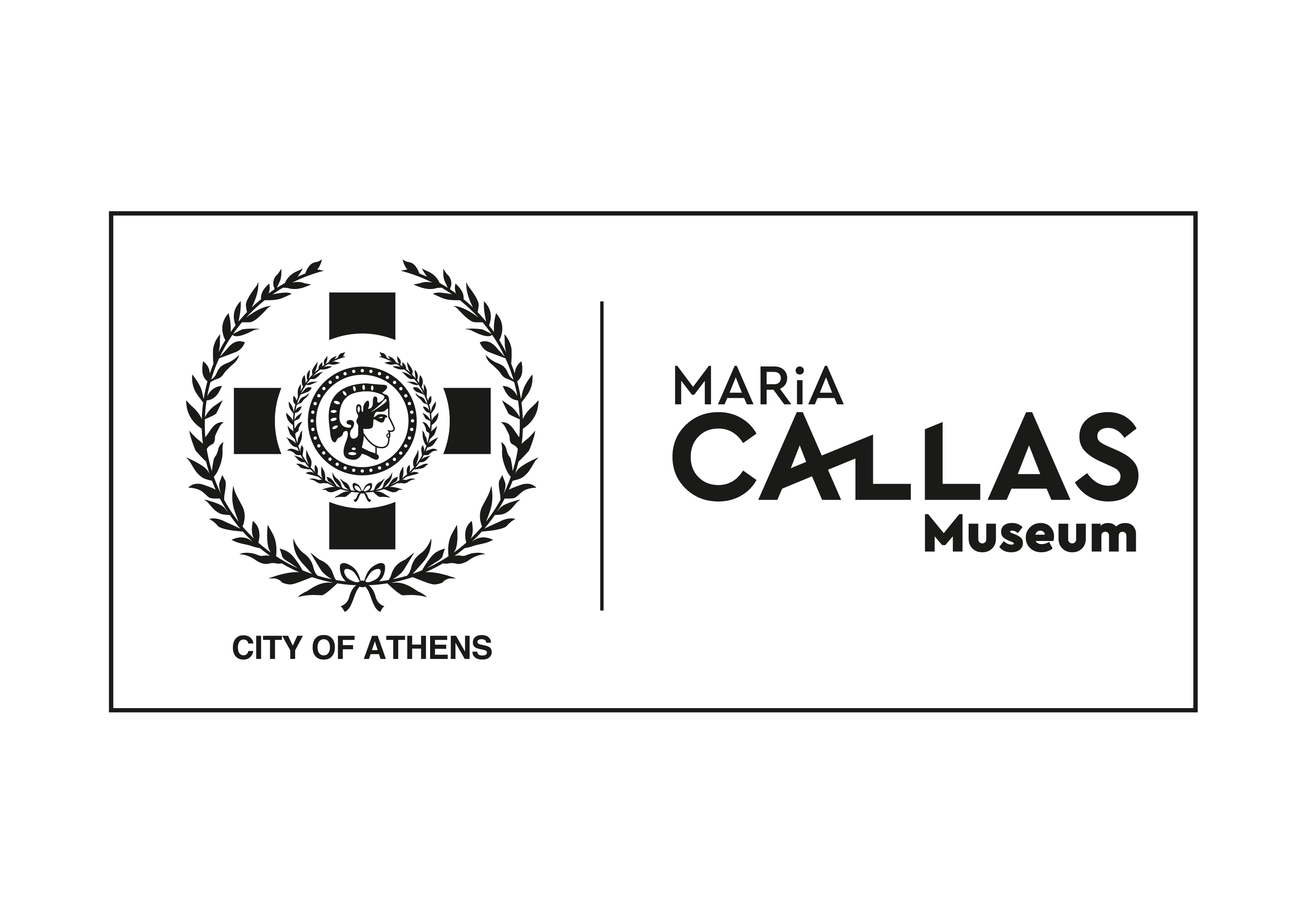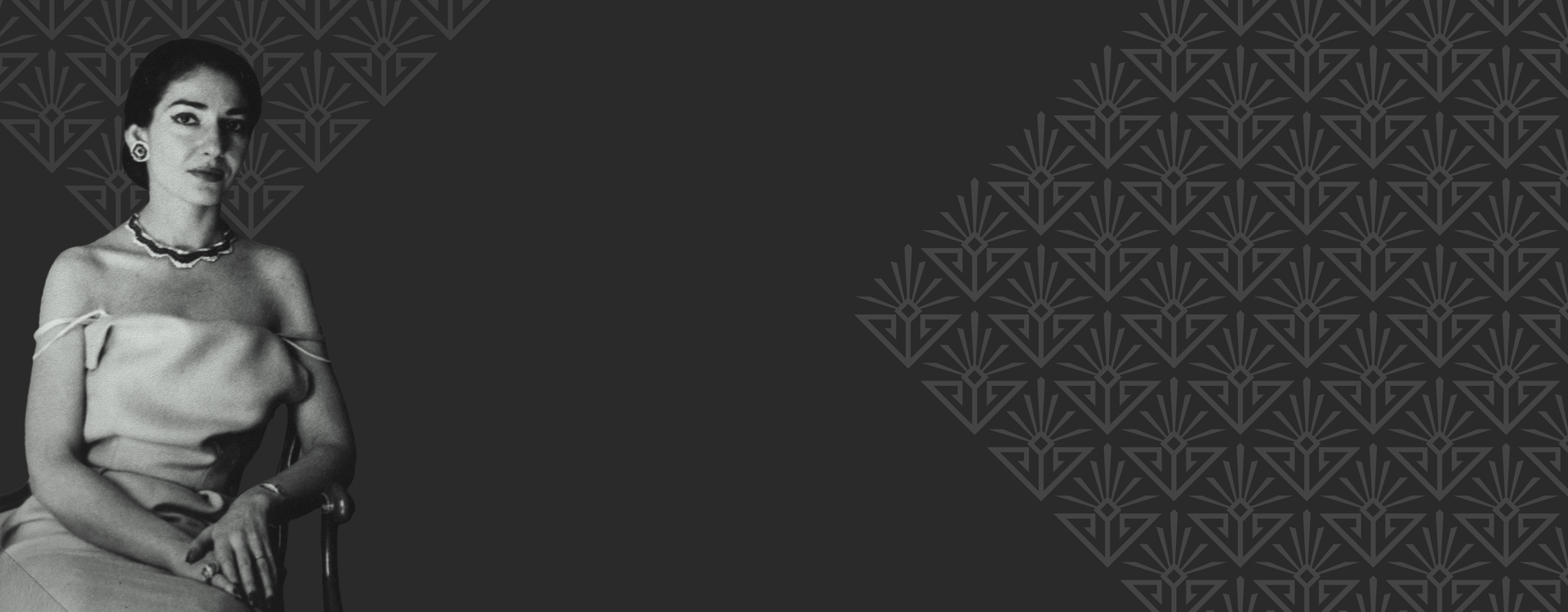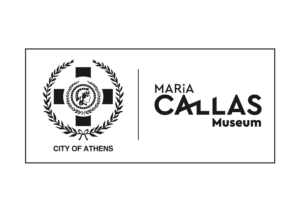Biography
Maria Callas is widely recognized as the foremost Opera icon of the 20th century, renowned for her unmatched interpretations and techniques. She is an esteemed international figure who has united Greeks and members of the Greek diaspora alike, as well as those with a passion for or an interest in discovering Greece. Callas, with her exceptional musical education and interpretive prowess, revolutionized opera singing so much that we now distinguish between a time before and after her. Many of her interpretations are considered unrepeatable, making it impossible to deny the overwhelming allure of her charisma.
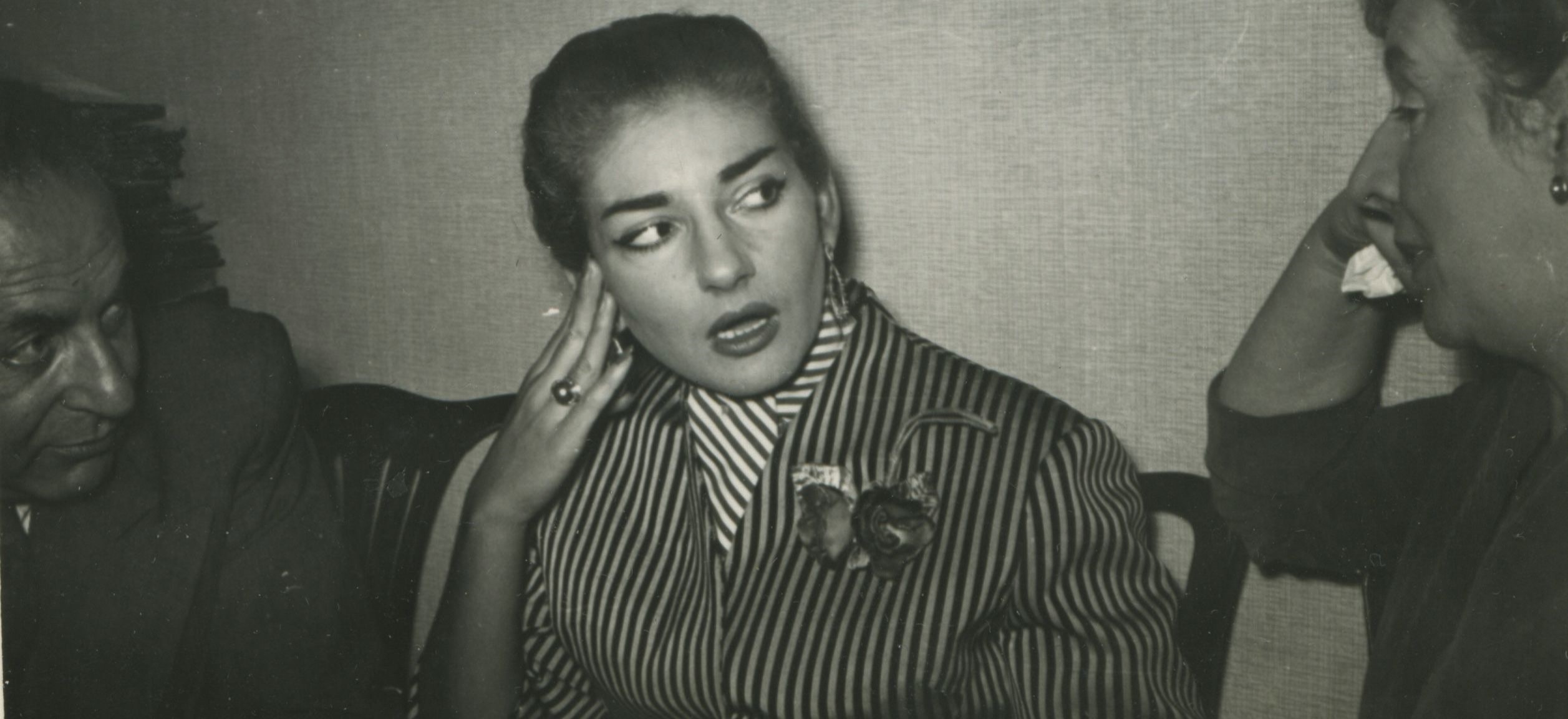
Life Milestones
In December 1945, she respectfully turned down a proposal from Edward Johnson, the director of the Metropolitan Opera of New York. She held the belief that her physique was not ideal for the part of Madame Butterfly and, furthermore, declined to perform the opera in English, as was requested of her.
In the same year, Callas met Aristotle Onassis at a party with whom she lived a stormy love affair.
